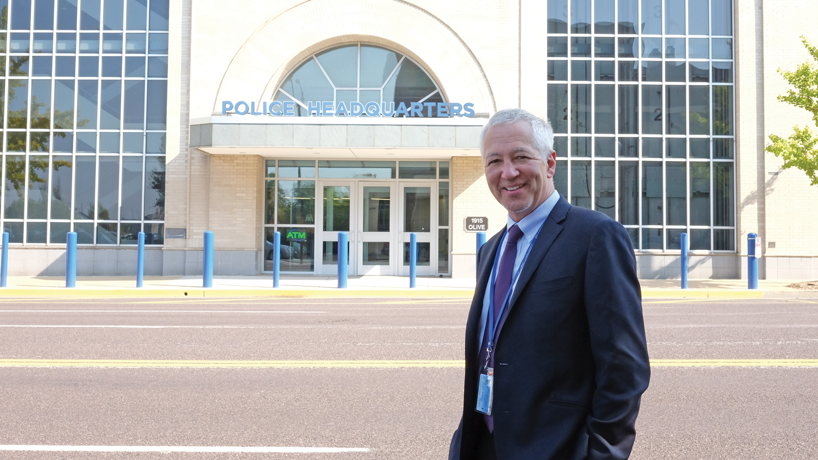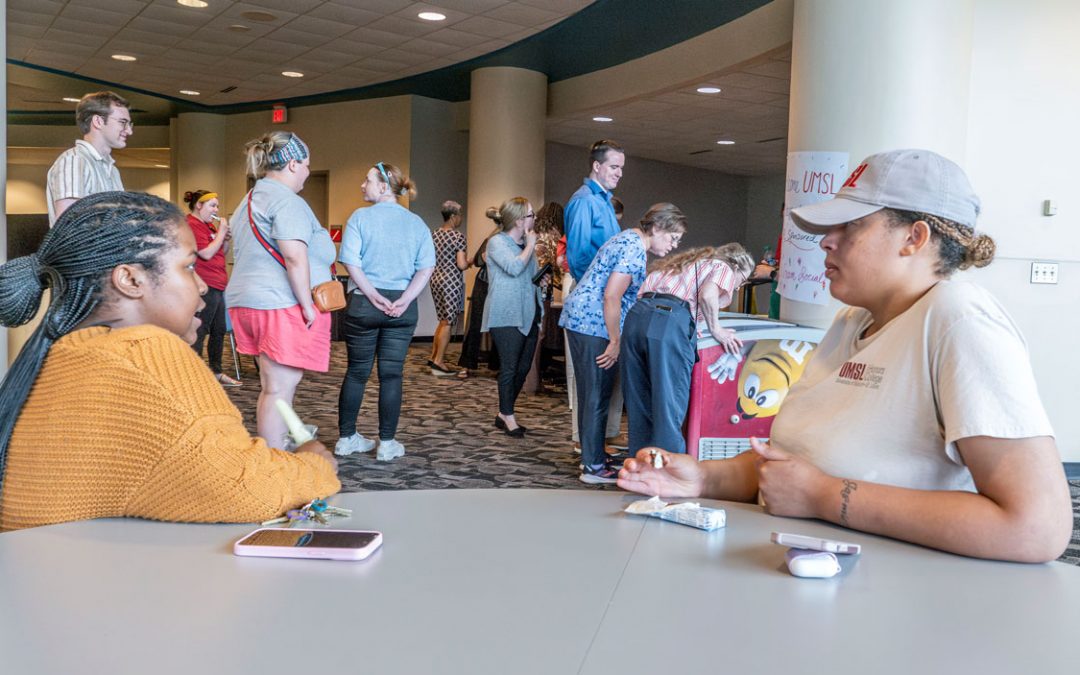The idea was simple: create a partnership that would improve public safety in St. Louis. But how?
The answer was to concentrate law enforcement efforts into areas where crime rates were the highest. This is where Richard Rosenfeld came in.
Rosenfeld, Founders Professor of Criminology and Criminal Justice at the University of Missouri–St. Louis, understood this when he helped establish the St. Louis Public Safety Partnership in 2012 with UMSL, the city of St. Louis and the St. Louis Metropolitan Police Department.
An internationally known criminologist who specializes in crime trends, Rosenfeld secured a National Institute of Justice grant to support the partnership.
“I split my time between the university and the police department as the department’s ‘criminologist in residence,’” he says. “In that capacity I helped to design the department’s first randomized controlled field experiment to evaluate the effectiveness of police patrol strategies to reduce crime. I conduct research to improve the data systems used by local criminal justice agencies and have been part of the planning process for a new integrated database to monitor how those who commit firearm crimes are handled by the justice system.”
Along with UMSL graduate student Michael Deckard, who is embedded halftime in the department’s Crime Analysis Unit, Rosenfeld has created and mapped targeted areas to concentrate patrol efforts.
“This was done by using so called ‘hotspot’ policing,” he says. “We randomly designated high crime areas for ‘enhanced directed patrols’. Similar areas were subject to normal patrol.”
Rosenfeld says an officer is sent to this area, remains there 10 to 15 minutes and returns at least three times during a shift.
The outcome has been a 50-percent drop in firearm assaults in treated areas compared to the control areas.
“Ours is not the first university and law enforcement partnership,” Rosenfeld says. “But I do think ours is very distinct in the fact that politics have not gotten in the way. I have to say the principals have been terrific partners, the St. Louis Police Chief Sam Dotson, St. Louis Mayor Francis Slay and Deputy Chief of Staff Eddie Roth.”
Mayor Francis Slay credits Rosenfeld’s work for many improvements to the department and the city. Slay awarded Rosenfeld and the university with the 2013 Quality of Life Award for the impact the partnership has had on the city.
“Rick has helped us to build on the best traditions of the St. Louis Metropolitan Police Department, and with the support of UMSL doctoral students and faculty colleagues, to usher in a new era of police service in which public safety is secured through evidence-based strategies and national best practices,” Slay says. “We are deeply grateful for his contribution.”
Rosenfeld hopes the partnership will endure, even after his participation is over.
“My hope is to establish a permanent foundation for researcher-practitioner partnerships that will bring other researchers into collaborative relationships with criminal justice professionals in St. Louis,” he says. “That would be a truly rewarding outcome of my involvement in public service.”
This story was originally published in the fall 2014 issue of UMSL Magazine.
















